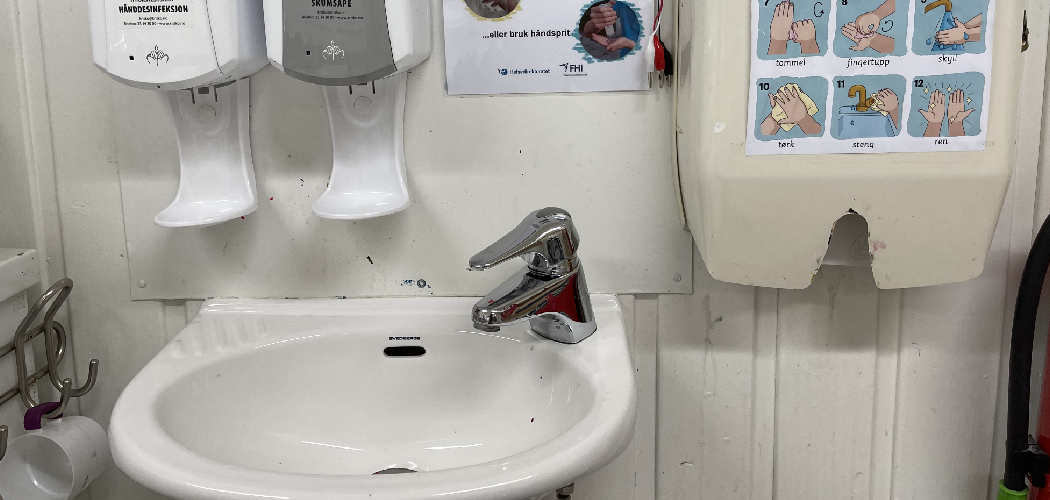Porcelain sinks are often praised for their sleek appearance and durable qualities, yet they are not immune to developing scratches over time. Daily use can inadvertently lead to the formation of scratches as utensils and abrasive cleaners interact with the delicate surface. Such scratches, while sometimes superficial, can compromise the aesthetic appeal and hygiene of the sink by trapping dirt and grime.
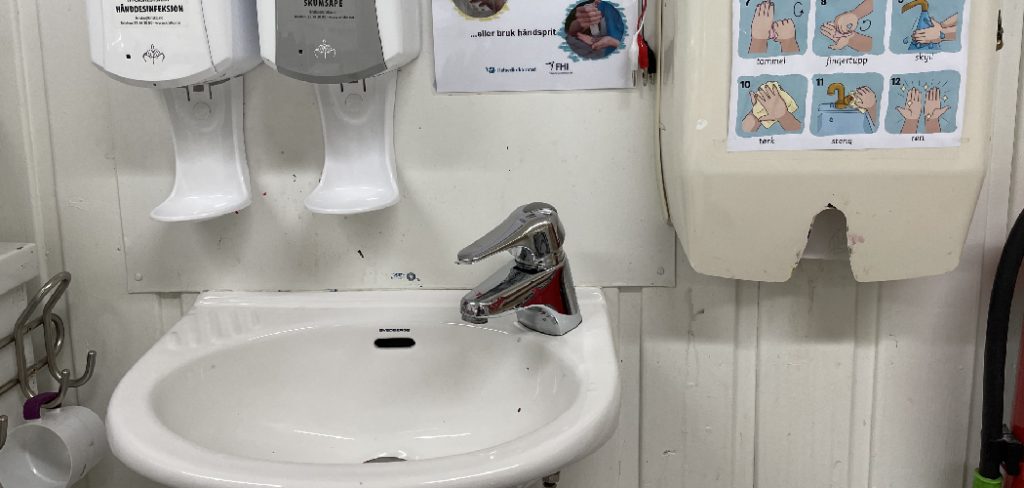
Cleaning and minimizing these scratches is crucial for maintaining the glossy finish of the porcelain and preventing potential longer-term damage. This article aims to address the common issue of “how to clean porcelain sink scratches” by offering detailed, step-by-step methods to restore the sink’s pristine condition. By following these guidelines, you can ensure that your porcelain sink remains both functional and visually pleasing, enhancing the overall ambiance of your kitchen or bathroom.
Understanding Porcelain and Its Surface
Porcelain is a type of ceramic material made by heating materials, generally including clay, in a kiln to high temperatures. It is revered for its glossy finish, strength, and non-porous surface, which makes it resistant to water and stains. Despite its durability, porcelain is not impervious to damage, and its delicate surface can become scratched over time.
These scratches can be categorized into two main types: light and deep. Light scratches are surface-level marks, often from everyday use or contact with hard objects.
Such scratches can typically be polished away with the right cleaning materials. On the other hand, deep scratches are more severe and may penetrate below the surface glaze, necessitating repair measures or, in some cases, professional intervention. Scratches can trap dirt and stains, making the porcelain appear dull and less hygienic. This accumulation diminishes the sink’s aesthetic appeal and makes cleaning more challenging, underscoring the importance of understanding how porcelain sinks can be properly maintained to preserve their luster.
Cleaning and Preparing the Sink
Before addressing any scratches, it is critical to thoroughly clean the porcelain sink to ensure an effective treatment process. Begin by thoroughly removing dirt, grease, and other debris using a mild dish soap and a soft sponge. This preliminary cleaning is essential to prevent any particles from interfering with the scratch removal process.
It is important to avoid using abrasive materials at this stage, as they could inadvertently worsen existing scratches or create new surface imperfections. Once the sink is adequately cleaned, thoroughly dry it with a clean microfiber cloth to reveal the true condition of the surface. This step is vital as it allows you to clearly assess the extent of any scratches present.
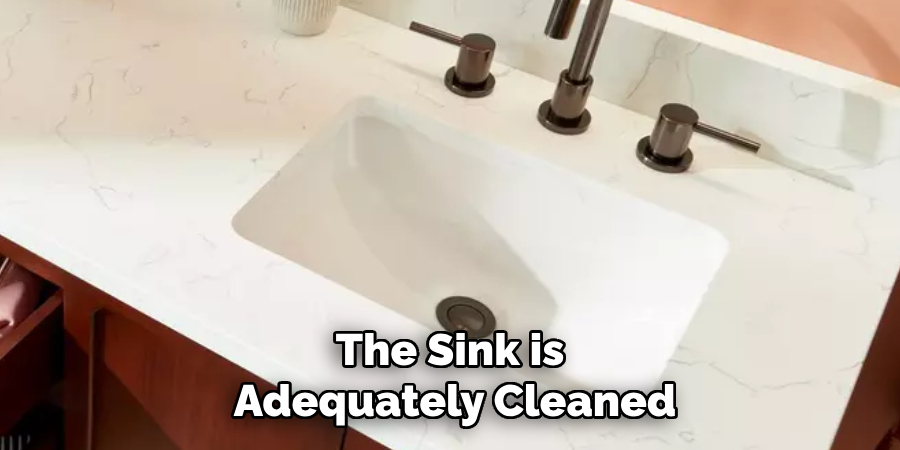
Under good lighting, carefully inspect the scratches to determine their depth and severity. Such assessments will guide you in selecting the most appropriate cleaning and repair techniques to revitalize your porcelain sink’s appearance. Preparing the sink adequately ensures the effectiveness of subsequent treatment steps, helping to maintain the sink’s appeal and functionality. By taking these initial cleaning measures, you set the foundation for a successful restoration process.
How to Clean Porcelain Sink Scratches: Removing Light Scratches
Light scratches on porcelain sinks can often be treated effectively with simple home remedies and non-abrasive cleaners. Here’s how to tackle these minor imperfections:
Using Baking Soda and Water Paste
To begin, create a gentle paste by mixing equal parts baking soda and water until you achieve a smooth consistency. Apply this paste directly onto the scratched area using a soft cloth or sponge. Gently rub the paste into the scratches in circular motions. This process takes advantage of baking soda’s mild abrasive properties to polish the surface subtly without causing further harm.
Once you’ve applied the paste, rinse thoroughly with water. If the scratches persist, feel free to repeat the process as needed.
Polishing with a Porcelain Cleaner
Non-abrasive porcelain cleaners can be particularly effective for more persistent scratches. Recommended brands can include Bar Keepers Friend or Soft Scrub, which are known for their safe scratch-removal properties. Start by applying the cleaner to a soft cloth, then gently buff the affected area in a circular motion. Follow the cleaner’s instructions for optimal results, restoring the porcelain’s elegance by wiping away any residue with clean water and drying with a microfiber cloth.

Trying a Magic Eraser
Melamine foam, commonly known as a Magic Eraser, also offers a practical solution for light scratches. It works by sanding away surface imperfections due to its fine structure. Dampen the eraser slightly and gently rub it on the scratched area. However, exercise caution to avoid overuse, as excessive rubbing might dull the sink’s glossy finish. By employing these gentle techniques, you can effectively renew the surface, ensuring your porcelain sink remains pristine.
How to Clean Porcelain Sink Scratches: Addressing Deeper Scratches
Deeper scratches on porcelain sinks present a more significant challenge, often requiring a specialized approach to restore the surface effectively. Utilizing a porcelain repair kit can be a practical solution for tackling these imperfections.
Using a Porcelain Repair Kit
A typical porcelain repair kit contains essential components such as a filler, an applicator, and touch-up paint. These kits are designed to fill and conceal deeper scratches seamlessly. Start by thoroughly cleaning and drying the area to ensure proper adhesion. Use the filler to fill the scratch, applying it with the applicator included in the kit. Smooth the filler even with the surface, allowing it to dry thoroughly as per the kit instructions.
Once the filler has been set, lightly sand the area if necessary to ensure a smooth finish before moving on to the touch-up paint.
Applying Porcelain Touch-Up Paint
The correct color match is crucial for a seamless blend with the existing porcelain surface. Kits often include a range of color options, or you may need to purchase touch-up paint that precisely matches your sink’s color. Apply the paint carefully using a fine brush or applicator, ensuring even coverage. Blend the paint into the surface around it gently and allow it to dry as directed.
This method can help obscure imperfections and return the sink to a nearly pristine state.
Professional Refinishing as a Last Resort
Professional refinishing might be necessary for extensive or unmanageable damage. You should seek professional help if the scratches are too deep or widespread for a DIY approach. Professional refinishing restores the sink’s original finish and appearance, with experts able to match the sink’s surface perfectly. Though more costly, this procedure can extend the lifespan of your porcelain sink, preventing larger issues and preserving its aesthetic appeal.
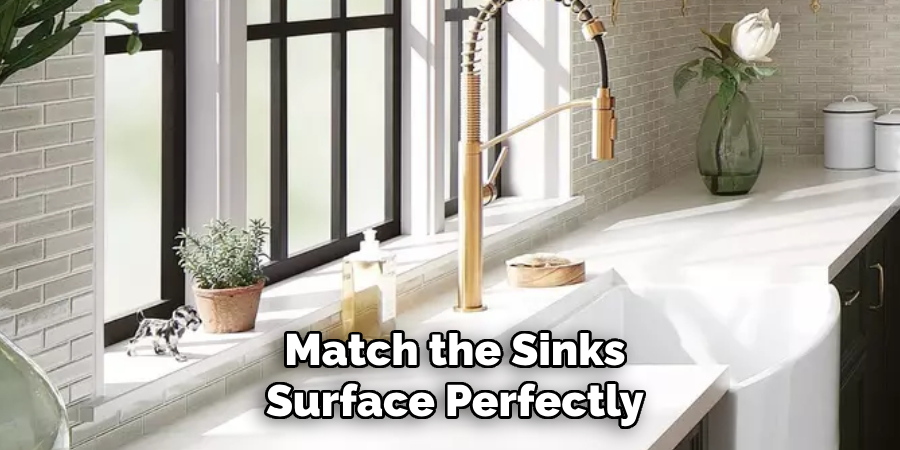
Preventing Future Scratches
To maintain the beauty and integrity of your porcelain sink, it’s essential to implement preventative measures in your daily use. One effective strategy is to avoid using metal utensils or abrasive cleaning pads that can leave unsightly marks on the surface. Instead, consider using sink mats or grids to shield the sink’s surface from scratches caused by dishes and cookware.
By providing a protective barrier, these accessories can significantly reduce the risk of friction-induced damage.
Additionally, selecting gentle cleaners is crucial in preserving your sink’s finish. Ensure you choose non-abrasive cleaning products specifically designed for porcelain surfaces, as these will effectively clean without compromising the sink’s smoothness and luster. Reading labels and selecting products intended for delicate surfaces will prevent inadvertent damage from harsh chemicals or textures.
Regular maintenance is another key component in preventing scratches. By cleaning the sink routinely, you minimize the accumulation of dirt and grime that can contribute to minor abrasions over time. Simply wiping the sink with a soft cloth and a mild cleaner after each use can keep the surface in excellent condition, extending the sink’s life and preserving its pristine appearance.
Common Mistakes to Avoid
When caring for your porcelain sink, it’s vital to avoid common pitfalls that can lead to damage. Using harsh chemicals such as bleach or ammonia is a frequent mistake, as they can etch and dull the sink’s surface. These chemicals may react with the porcelain, causing irreversible harm and diminishing its shiny finish. Similarly, scrubbing with steel wool or abrasive pads is highly discouraged.
These materials can exacerbate existing scratches, worsening their appearance and potentially leading to further deterioration. It’s also important not to overlook minor scratches, as ignoring them can result in more severe damage over time. What starts as a small imperfection can quickly grow if left unaddressed, ultimately affecting your sink’s functionality and aesthetics. By steering clear of these errors, you can better preserve the beauty and longevity of your porcelain sink.
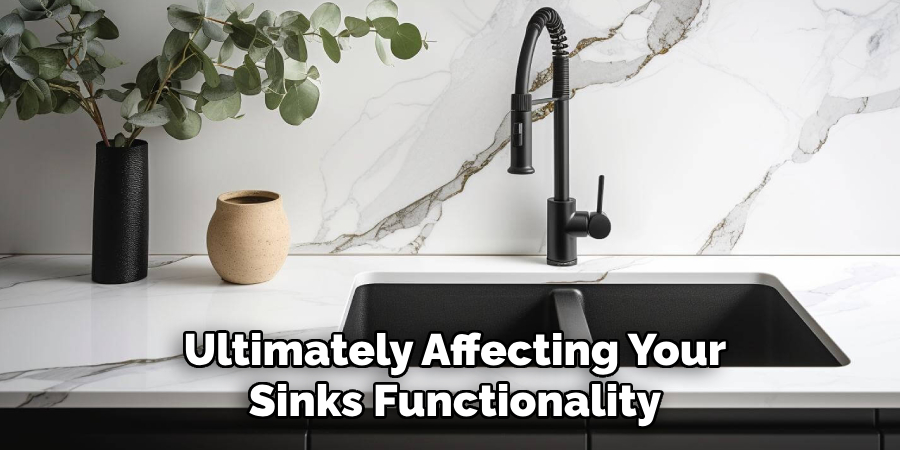
Conclusion
Taking care of your porcelain sink involves a strategic approach to both cleaning and minimizing scratches. From using specially formulated cleaners to employing repair kits, there are effective methods to tackle scratches when they occur. Emphasizing “how to clean porcelain sink scratches” ensures your sink retains its sheen and a long-lasting finish. Regular maintenance and gentle handling are critical to preserving your sink’s durability and aesthetic appeal.
Addressing scratches promptly not only maintains its functionality but also prevents further damage, ensuring your porcelain sink continues to enhance the beauty of your home.

